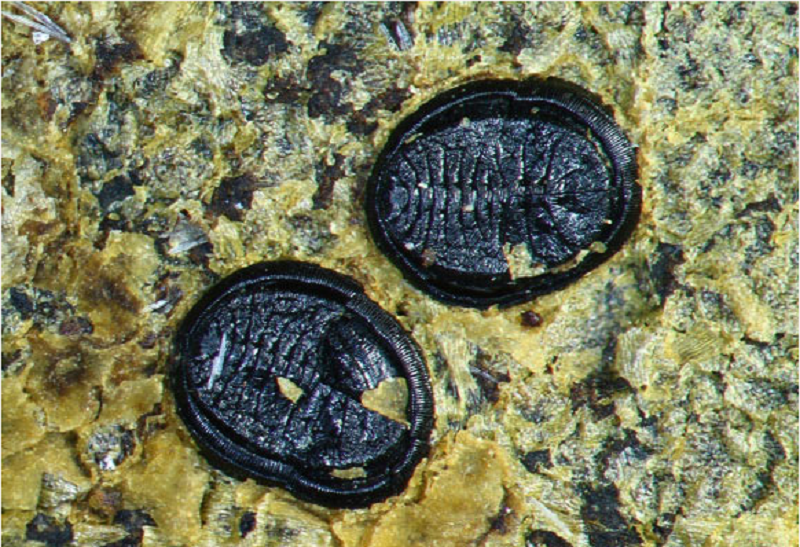
New fossil discoveries in New Zealand's Hindon Maar Complex have unveiled an exciting glimpse into the region's ancient insect life, including a new species of whitefly and the first known psyllid wing fossil from the country.
These finds, which date back to the Miocene era about 15 million years ago, provide valuable insight into the early biodiversity of New Zealand's forests.
New Whitefly Species Unveiled in New Zealand's Ancient Fossilized Leaves
Researchers found the new whitefly species, named Miotetraleurodes novaezelandiae, in the form of puparia — final juvenile stages — attached to ancient fossilized leaves.
According to PhysOrg, these tiny insects, measuring just 1.5 millimeters, showed detailed body segments that are rare in modern whiteflies, making them especially significant for studying evolutionary changes.
Dr. J. Drohojowska, a researcher from the University of Otago, highlighted that this discovery marks the first fossil records of these insects in New Zealand and adds to the knowledge of insect families in the region.
The findings were published in the journal Palaeobiodiversity and Palaeoenvironments.
Rare Psyllid Wing Fossil Discovered in New Zealand's Miocene Sediments
Another major discovery was a psyllid wing, about 3.6 millimeters in length, found in the same sediment layers, Earth,com reported.
While researchers could only classify it to the family level, the fossil's vein patterns resemble those of modern psyllid species, marking it as the first psyllid fossil found in New Zealand.
This discovery provides another important piece to the puzzle of the country's ancient insect population.
Fossilized leaves from the Hindon Maar Complex also show evidence of plant-insect interactions, including whitefly feeding behavior, further connecting ancient insects with their environment.
The discoveries at Hindon Maar are part of a growing collection of insect fossils from the Otago region.
With 750 insect fossils now documented in the country, including recent discoveries like the first New Zealand dancefly and cranefly fossils, the study of these tiny ancient creatures continues to shape the understanding of New Zealand's unique environmental history.
© 2025 NatureWorldNews.com All rights reserved. Do not reproduce without permission.





